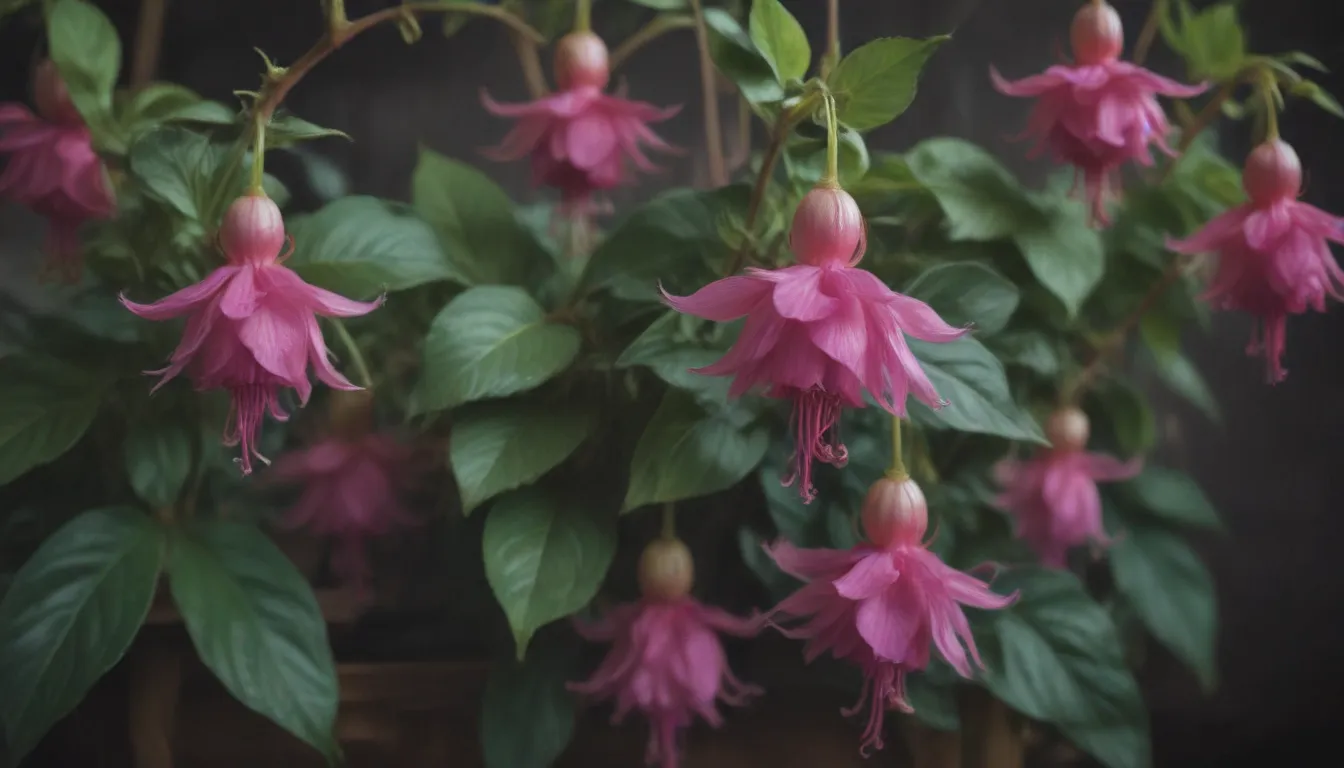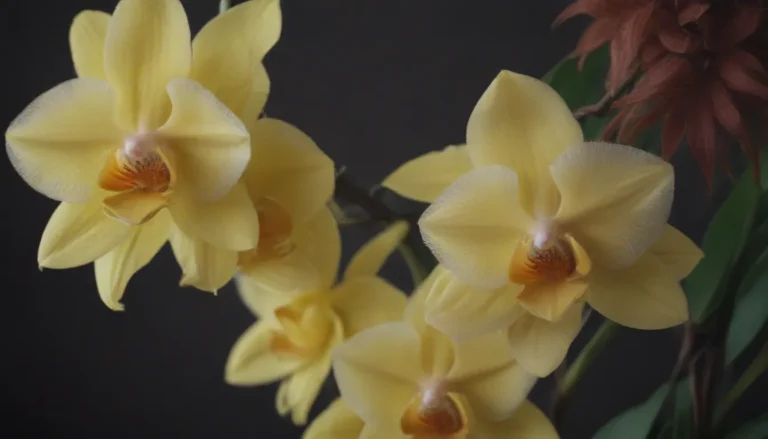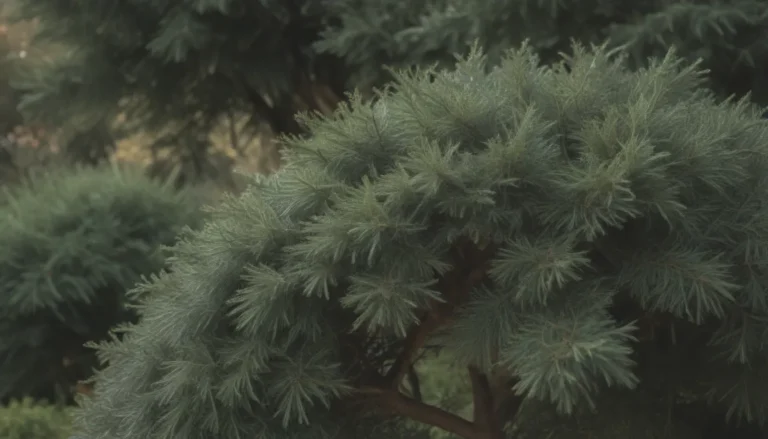In-Depth Guide to Growing and Caring for Fuchsias Indoors

Are you a plant enthusiast looking to add a touch of exotic beauty to your indoor space? Fuchsias may be the perfect choice for you! These colorful, drooping flowers attract hummingbirds and other pollinators, adding a vibrant touch to your home. However, fuchsias are known to be a bit fussy when it comes to their growing conditions, making them a challenge for even seasoned gardeners. In this comprehensive guide, we will explore everything you need to know to successfully grow and care for fuchsias indoors.
Can You Grow Fuchsias Indoors?
Fuchsias have a reputation for being high-maintenance plants, but with the right conditions, even novice plant enthusiasts can successfully grow them indoors. However, it’s crucial to provide the proper environment for fuchsias to thrive. They require bright but indirect light, high humidity levels, and protection from dry air created by heating and air conditioning systems. Some fuchsia varieties, such as the hardy ‘Alice Hoffman’, are better suited for indoor cultivation due to their ability to tolerate drier conditions.
How to Grow Fuchsias Indoors
To ensure your fuchsia plants produce stunning blooms and remain healthy, it’s essential to pay attention to their light, water, temperature, humidity, and maintenance needs.
Sunlight
Fuchsias prefer indirect sunlight to thrive both indoors and outdoors. Placing them in a room with east, west, or south-facing windows will provide the ideal amount of light without causing leaf burn or flower drooping. Avoid exposing fuchsias to too much direct sunlight, as this can lead to leggy growth and flower wilting.
Temperature and Humidity
Maintaining the right temperature and humidity level is crucial for successfully growing fuchsias indoors. These plants thrive in mild, humid conditions and prefer daytime temperatures between 60 and 70 degrees Fahrenheit. Avoid exposing fuchsias to temperatures above 76 degrees Fahrenheit, as this can halt flowering. Adequate humidity levels are essential to prevent leaf and bud drop.
Watering
Proper watering is key to the success of growing fuchsias indoors. Make sure the potting medium remains consistently moist, but avoid overwatering to prevent root rot. The watering schedule for indoor fuchsias may vary, requiring more frequent watering during the spring and summer months and less during the fall and winter.
Air Circulation
While fuchsias don’t appreciate draughty locations, it’s essential to provide adequate air circulation to prevent pest infestations. A well-ventilated but not gusty spot is ideal for fuchsia plants indoors.
Fertilizer
Regular feeding with a weak liquid fertilizer can help fuchsias thrive indoors. Consider using fish emulsion or controlled-release pellets to provide essential nutrients for healthy growth and abundant flowering.
Pruning and Maintenance
Pruning fuchsia plants in late winter or early spring can encourage vigorous blooming by promoting new growth. Deadheading spent flowers and pinching growing tips can help maintain a compact and bushy shape. Rotating the plant periodically aids in even growth.
Container and Size
Choosing the right container size is essential for the health of your fuchsia plants. A 12- to 16-inch pot works well for fuchsias, allowing room for growth without becoming rootbound. Make sure the pot has drainage holes to prevent waterlogging.
Potting Soil and Drainage
Use a well-draining potting soil with added fertilizer for fuchsias to thrive indoors. Avoid using garden soil, as it can lead to poor drainage and plant expiration. Consider a mix of sand, loam, and leaf mold for optimal growth.
Potting and Repotting Fuchsia
Repotting your indoor fuchsia annually can help maintain a fertile potting mix and prevent root binding. Leave ample space at the rim of the pot for watering and ensure the plant has room to grow without becoming overcrowded.
Moving Fuchsia Outdoors for the Summer
If you live in a region with mild, wet summers, consider moving your fuchsia plant outdoors to benefit from increased humidity and ventilation. Place the plant in a shaded area to avoid excessive sun exposure.
Bringing Fuchsia Back Indoors
Before the onset of frosts in the fall, bring your fuchsia plant back indoors to protect it from cold temperatures. Provide consistent moisture, indirect light, and high humidity levels to encourage blooming during the winter months.
In conclusion, fuchsias can be a rewarding addition to your indoor garden with the right care and attention to their specific needs. By following the guidelines outlined in this comprehensive guide, you can enjoy beautiful blooms and vibrant colors year-round. So why not give fuchsias a try and bring a touch of exotic beauty into your home today!





